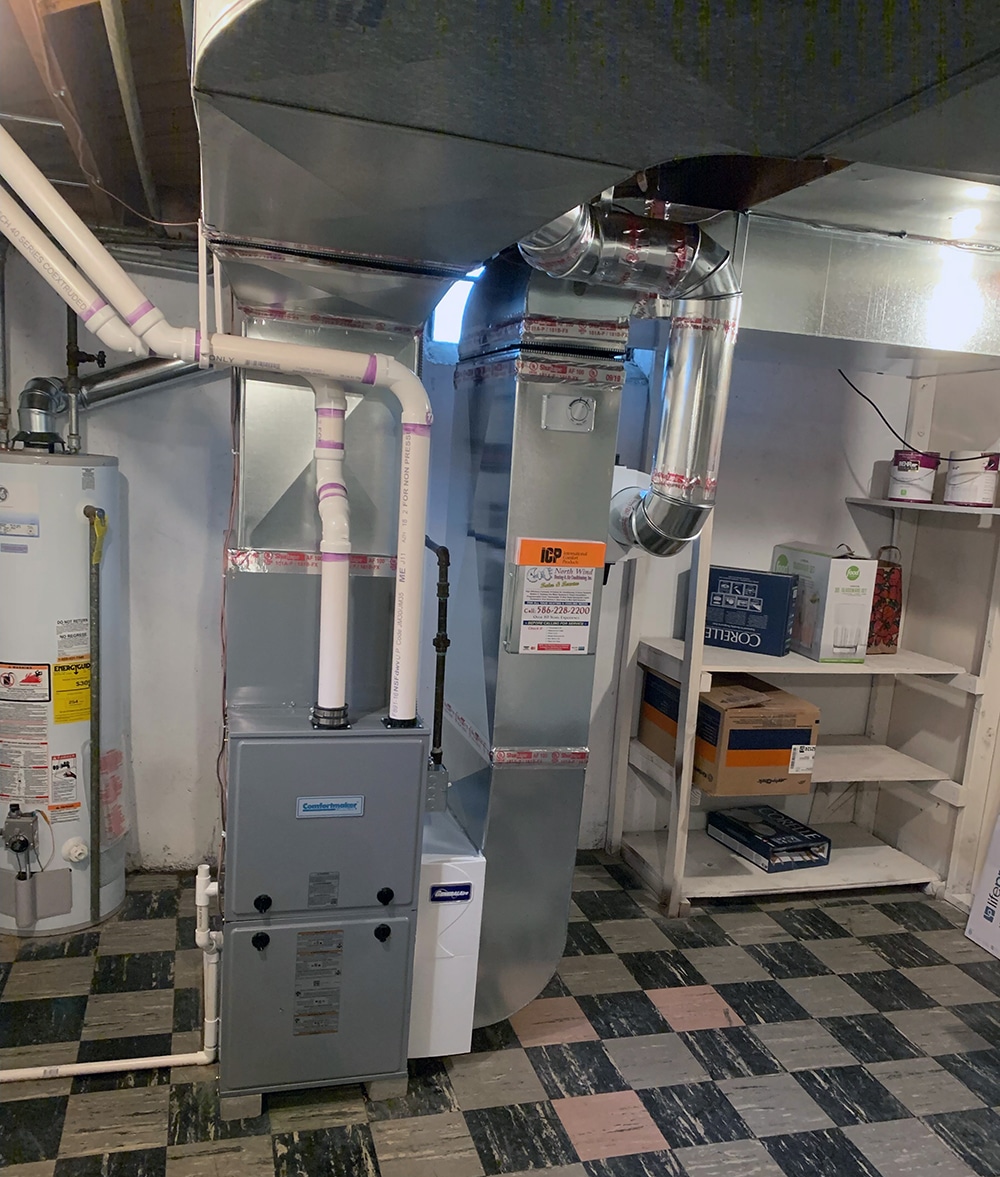The Ultimate Overview to Heater Installation for a Cozy Home
Heater setup is an important element of maintaining a comfy home atmosphere, particularly throughout the chillier months. As you think about these factors, the inquiry stays: what actions can you take to guarantee your furnace offers you well for years to come?
Types of Furnaces

Gas heating systems are one of the most usual choice because of their effectiveness and reduced functional prices. They utilize natural gas or lp, supplying fast home heating and regular performance, making them perfect for chillier climates.
Electric heating systems, while normally less complicated to install and maintain, tend to have higher operational costs. They are frequently favored in areas where gas service is not available or for homes with existing electrical facilities.
Oil heating systems, though much less typical today, stay a feasible alternative in particular areas. They shed heating oil, which can be helpful during colder months, but their reliance on oil delivery postures possible obstacles.
In addition, there are high-efficiency designs offered across these types, which can significantly lower power intake and utility bills - furnace installation. Ultimately, recognizing these heater kinds will help home owners pick a system that lines up with their heating requires, spending plan, and energy preferences
Picking the Right Dimension
Selecting the appropriate dimension for a heating system is crucial to ensuring optimum efficiency and energy performance. A small furnace will certainly have a hard time to maintain comfy temperatures during the chilly months, causing raised damage, greater power costs, and prospective system failure. Alternatively, an extra-large heater might cycle on and off too regularly, leading to inefficient home heating and uneven temperature level distribution within the home.
To establish the appropriate heater size, an estimation referred to as the Guidebook J tons estimation ought to be executed. This process assesses numerous factors, consisting of the square footage of the home, insulation levels, home window sizes, and regional environment conditions. This detailed evaluation guarantees that the heater meets the certain home heating demands of the area.

Setup Refine Introduction
In terms of materials, you will certainly need ductwork, insulation, and sealing tape to make certain ideal air flow and energy performance - furnace installation. It is likewise important to have a brand-new heating system filter available, in addition to airing vent materials, such as PVC pipeline or metal flue, relying on the kind of furnace being mounted
Security equipment, consisting of gloves, safety glasses, and a face mask, is also essential to secure against dirt and debris throughout installation. Having all these devices and products readily offered not only enhances the process however also improves the safety and efficiency of the furnace setup.
Upkeep Tips for Durability
To make certain the longevity of your heater, it is necessary to implement a routine upkeep schedule that attends to vital elements of the system. Beginning by changing or cleaning the air filter each to 3 months, as a clogged filter can restrict air movement and decrease effectiveness. In addition, inspect and clean the blower setting up to protect against dust build-up that can prevent efficiency.
Next, look at here check the thermostat settings and rectify if essential to guarantee precise temperature level law. Inspect the ductwork for leaks or obstructions, as this can cause power loss and irregular home heating. Frequently lube the electric motor and bearings according to the supplier's recommendations to minimize wear and tear.
Expert assessments must take place each year, where a certified technician can assess the furnace's overall condition, check for gas leaks, and ensure that safety features are functioning correctly. Consider mounting a programmable thermostat to maximize power usage and preserve consistent home temperatures. By taking on these upkeep methods, you can improve your heating system's efficiency, extend its life-span, and inevitably take pleasure in a relaxing and comfortable home setting.
Verdict
